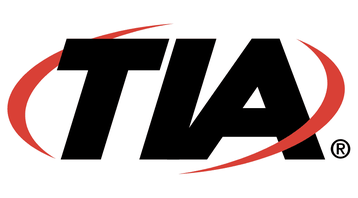The Telecommunications Industry Association (TIA) has revised its TIA 942 Telecommunications Infrastructure Standard for Data Centers.
This is the third such revision and includes several updates, including the recognition of a new media type, connectivity requirements, and references to technical documentation published by other Standards Development Organizations (SDOs).
Other changes include the incorporation of previously published documents focusing on Edge data centers, new requirements and recommendations related to cabling, floor loading capacity, and minimum cabinet width.
The standard applies to all data centers, including hyperscale, colocation, and enterprise data centers, and covers architecture, telecommunications, power, cooling, fire protection, physical security, safety, and monitoring.
“TIA-942 standards build on the previous version by incorporating new technologies that will lead to improved data center performance and efficiencies,” said Tom McGarry, the vice president of standards at TIA.
“Many of these enhancements were based on valuable user feedback. This latest update to TIA-942 is essential for ensuring that the implementation of new applications and technologies in data centers results in enhanced performance, service delivery, and resilience across various aspects.”
According to a blog post published by TIA, data processing is increasingly happening at the Edge, and coincides with a rise of "data- and compute-intensive AI applications that require high-bandwidth, low-latency transmission and significantly higher cabling and rack power densities."
This, along with the need for data centers to reduce their environmental impact, has triggered the latest revision.
Edge micro data centers were added to the TIA 942 standard in March 2022. At that time, the association revealed that the standard was undergoing a full revision that was due five years after it was first published in 2017.
The standard sets out four design levels, of which "Rated-3" provides concurrently maintainable infrastructure, and "Rated-4" provides fault-tolerant infrastructure. This is similar to the four "Tiers" set out by the Uptime Institute, and the early days of ANSI/TIA-942 were marked by arguments between the two bodies over terminology, with TIA dropping the word "Tier" in 2014.
TIA is an association that represents more than 400 organizations that work in the telecommunications sector. It is accredited by the American National Standards Institute.




